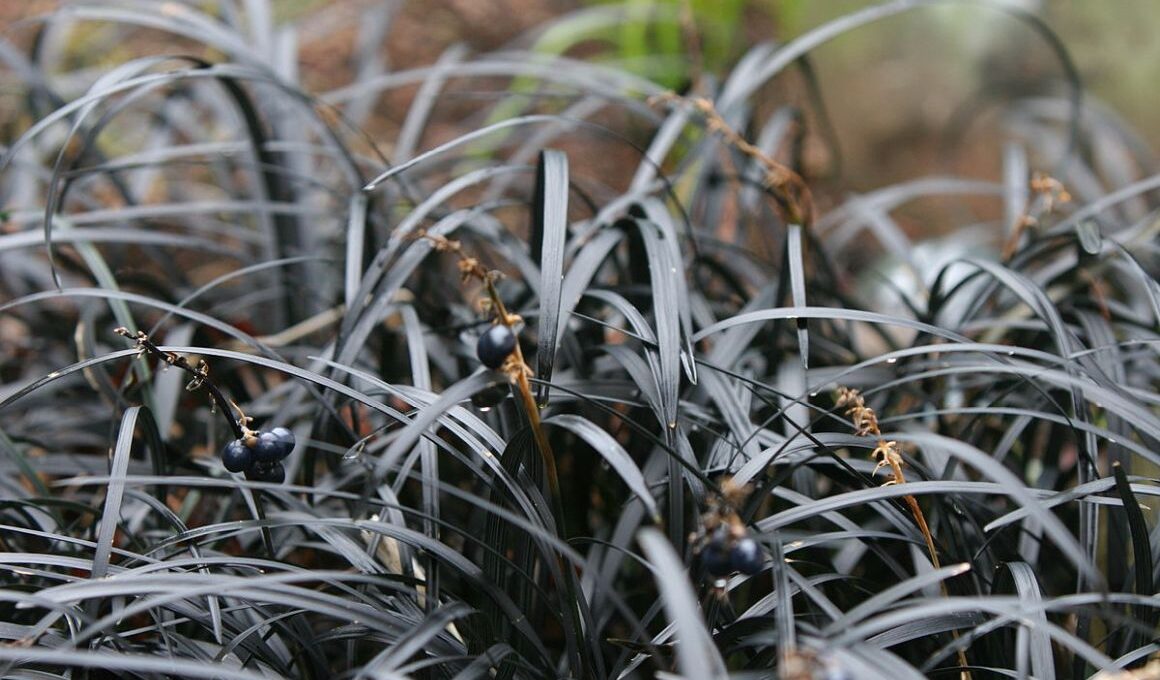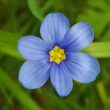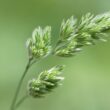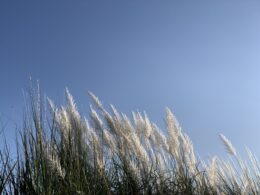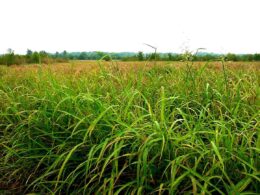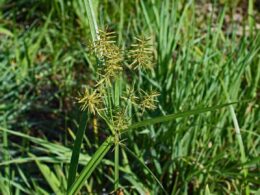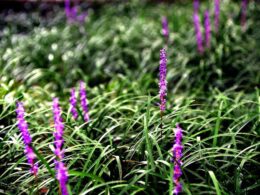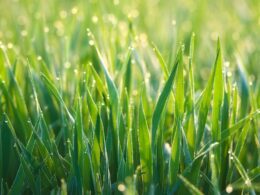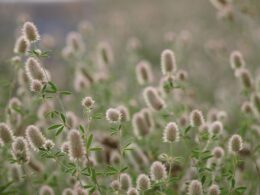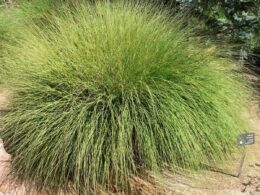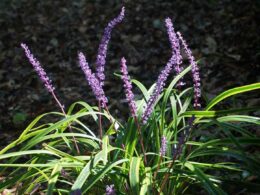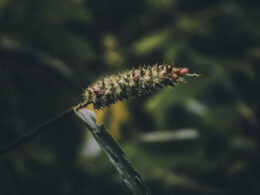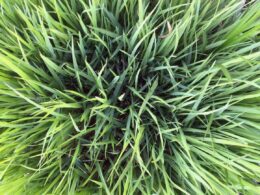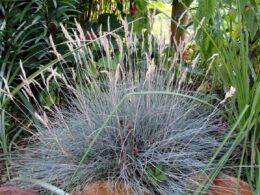What Is Black Mondo Grass?
Black Mondo grass is a grass-like, evergreen perennial plant, similar to liriope, that can be used in a variety of different ways. It can be used as a ground cover, an accent plant or even in containers. It’s easy to take care of, stays relatively small and is evergreen, making it a great addition to your garden.
Black Mondo Grass (Nigrescens) Appearance
Black mondo grass, also known as black lilyturf (Ophiopogon planiscapus ‘Nigrescens’) is a member of the Asparagaceae family and is native to Japan. It grows as a dense clump with blackish-green leaves which are about 1/4 inch wide and 8 to 12 inches long. The plant has tiny bell-shaped flowers that bloom from July to September, though they are usually hidden by the foliage. They are followed by black berries that appear from September to November.
Black Mondo Grass Distribution and Habitat
The Black Mondo Grass is native to Japan and Southeast Asia, but it can be found cultivated in other parts of the world too. This species is cultivated as an ornamental plant with attractive leaves and flowers.
Propagating Black Mondo Grass
The Black Mondo Grass is best grown outdoors in a sunny or partially shaded location with moist, fertile soil. It is tolerant to drought and prefers alkaline soils (pH>7). This plant can be propagated by division or by collecting seeds, but it also spreads by producing underground stems (rhizomes). The plant grows slowy and the germination period may take up to 3 months.
Light Exposure
The Black Mondo Grass does best in full sun to part shade. You can grow the Black Mondo Grass in Zones 6-10. Black mondo grass does best in partial shade or full sun, but can tolerate light shade. If you grow it in the sun, you may need to water it more frequently than if you grow it in partial shade.
Soil
Soil should be moist, well-drained and slightly acidic, with a pH of 6-6.5. Mondo grass will not tolerate soil that is too wet or alkaline (pH greater than 6).
Temperature
The optimal temperature for black mondo grass is between 70 and 80 degrees Fahrenheit (21-27 degrees Celsius). However, it will also tolerate periods of cooler weather, down to about 60 degrees Fahrenheit (15 degrees Celsius).
Black Mondo Grass Care
In warm regions, Black Mondo Grass can be grown outdoors year round. In cooler regions, it can be grown as a houseplant or in a container that can be moved indoors for the winter. Black Mondo Grass makes a great border or edging plant, along walkways or flowerbeds.
Watering
Black Mondo Grass isn’t fussy about how much water it gets and will survive dry conditions once established. It doesn’t need supplemental watering during its dormant winter season, though it benefits from extra water if rainfall is light during that time. In spring and summer, Black Mondo Grass requires watering when rainfall is less than 1 inch per week. Black Mondo Grass is relatively drought tolerant once it has become established but don’t let the soil dry out completely between waterings.
Fertilizing
Mondo grass does not require much fertilizer, but a small application in the spring will help plants grow more vigorously. Apply the three type fertilizer that will provide the essential nutrients: potassium, nitrogen and phosphorus.
Pruning
The Black Mondo Grass is a plant that needs very little care. To keep it compact and bushy, it may be necessary to prune it every year after flowering. Pruning will also allow you to eliminate the brown or yellow leaves that are found at the base of the plant or those that have become too long.
Ophiopogon Planiscapus Common Problems
While it is generally a hardy plant, it can occasionally be affected by common problems such as root rot, crown rot, and leaf spots. Root rot is caused by too much moisture, and it can lead to the plant’s roots becoming mushy and black. Crown rot affects the plant’s crown, or center of the plant, and it can cause the leaves to turn yellow and eventually die. Leaf spots are small, dark spots that can appear on the leaves, and they are usually caused by fungal diseases. Also, slugs and snails sometimes eat black mondo grass leaves.
How to Deal With These Problems?
If any of these problems occur, it is important to remove the affected plant parts and to increase air circulation around the plant. While normally free of diseases and pests, black mondo grass can be susceptible to snails in some areas. Snails and slugs can devastate black mondo grass, leaving behind ragged holes in the leaves and stems. You could use an organic spray like a pyrethrum or neem oil spray to deter snails from the Black Mondo Grass.
Image source: Photo by brewbooks via wikipedia CC BY-SA 4.0





